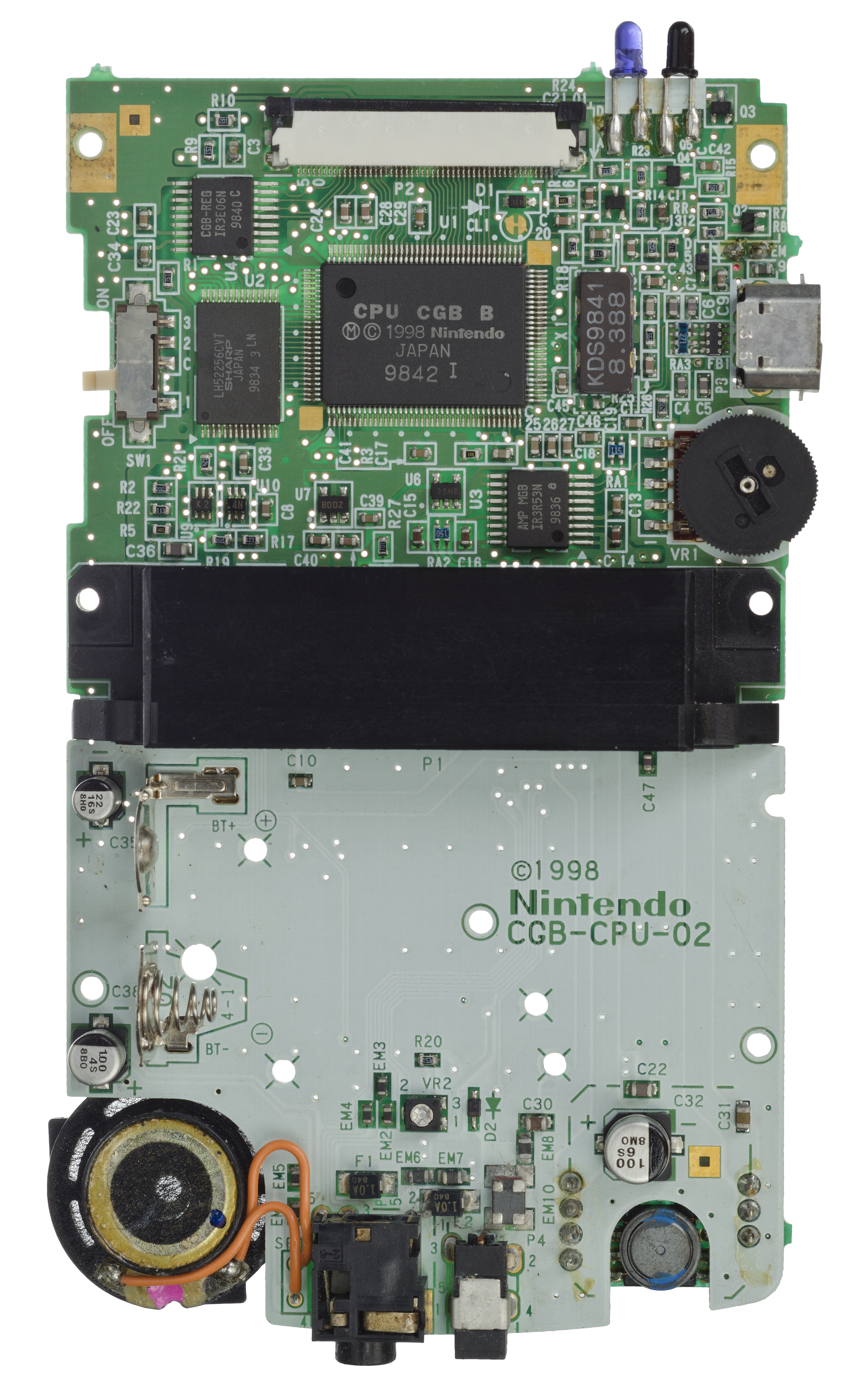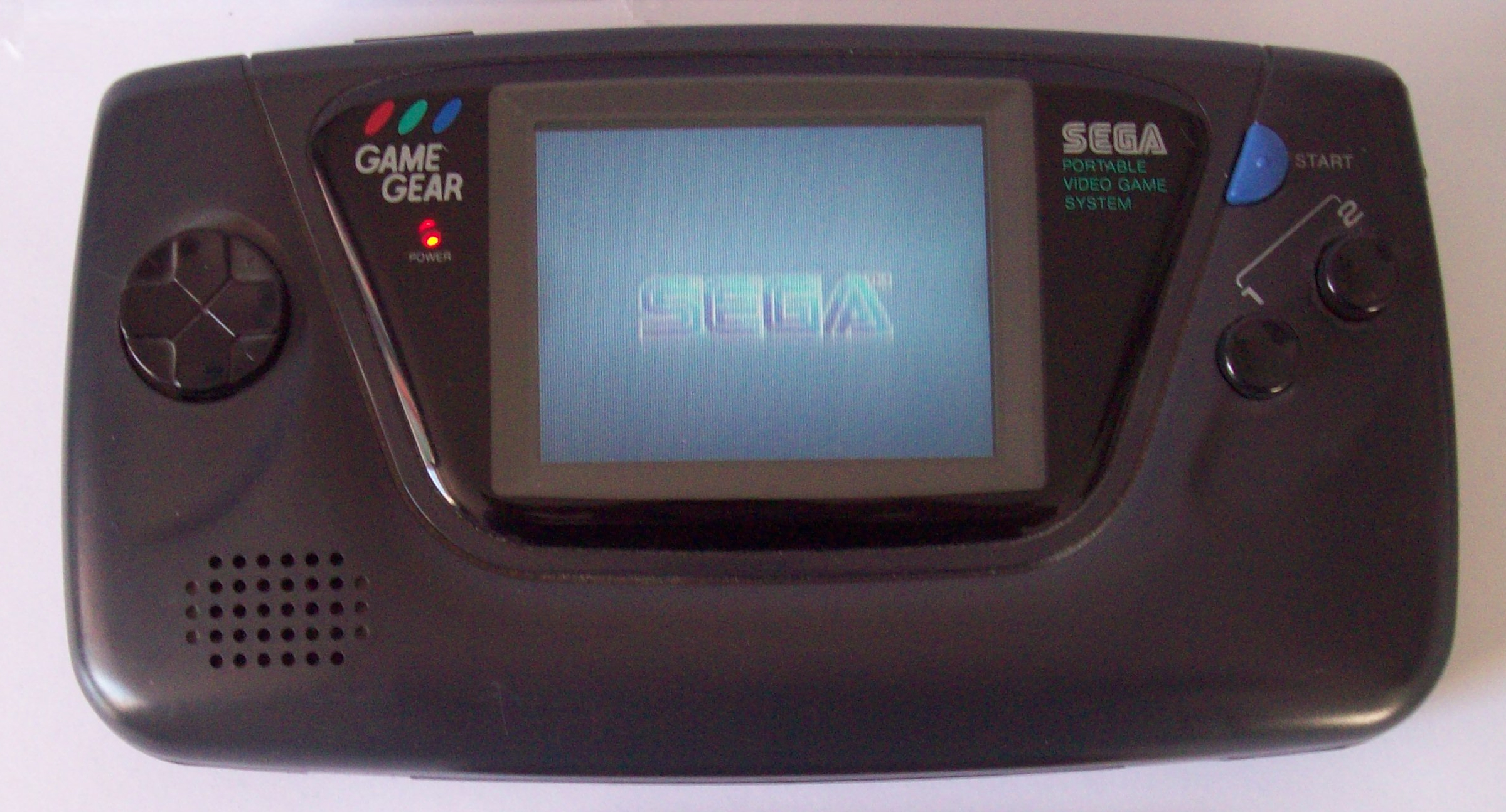|
List Of Computer Display Standards
Computer display standards are a combination of aspect ratio, display size, display resolution, color depth, and refresh rate. They are associated with specific expansion cards, video connectors, and monitors. History Various computer display standards or display modes have been used in the history of the personal computer. They are often a combination of aspect ratio (specified as width-to-height ratio), display resolution (specified as the width and height in pixels), color depth (measured in bits per pixel), and refresh rate (expressed in hertz). Associated with the screen resolution and refresh rate is a display adapter. Earlier display adapters were simple frame-buffers, but later display standards also specified a more extensive set of display functions and software controlled interface. Beyond display modes, the VESA industry organization has defined several standards related to power management and device identification, while ergonomics standards are set by the TCO ... [...More Info...] [...Related Items...] OR: [Wikipedia] [Google] [Baidu] |
Display Aspect Ratio
The display aspect ratio (DAR) is the Aspect ratio (image), aspect ratio of a display device and so the proportional relationship between the display size, physical width and the height of the display. It is expressed as two numbers separated by a colon (''x'':''y''), where ''x'' corresponds to the width and ''y'' to the height. Common aspect ratios for displays, past and present, include 5:4, 4:3, 16:10, and 16:9. To distinguish: * The display aspect ratio (DAR) is calculated from the physical width and height of a display, measured each in inch or Centimetre, cm (Display size). * The pixel aspect ratio, pixel aspect ratio (PAR) is calculated from the width and height of one pixel. * The storage aspect ratio, storage aspect ratio (SAR) is calculated from the numbers of pixels in width and height stated in the Graphics display resolution, display resolution. Because the units cancel out, all aspect ratios are unitless. Diagonal and area The size of a television set or computer ... [...More Info...] [...Related Items...] OR: [Wikipedia] [Google] [Baidu] |
Display Resolution
The display resolution or display modes of a digital television, computer monitor, or other display device is the number of distinct pixels in each dimension that can be displayed. It can be an ambiguous term especially as the displayed resolution is controlled by different factors in cathode-ray tube (CRT) displays, flat-panel displays (including liquid-crystal displays) and projection displays using fixed picture-element (pixel) arrays. It is usually quoted as ', with the units in pixels: for example, ' means the width is 1024 pixels and the height is 768 pixels. This example would normally be spoken as "ten twenty-four by seven sixty-eight" or "ten twenty-four by seven six eight". One use of the term ''display resolution'' applies to fixed-pixel-array displays such as plasma display panels (PDP), liquid-crystal displays (LCD), Digital Light Processing (DLP) projectors, AMOLED, OLED displays, and similar technologies, and is simply the physical number of columns and rows of pi ... [...More Info...] [...Related Items...] OR: [Wikipedia] [Google] [Baidu] |
NTSC
NTSC (from National Television System Committee) is the first American standard for analog television, published and adopted in 1941. In 1961, it was assigned the designation System M. It is also known as EIA standard 170. In 1953, a second NTSC standard was adopted, which allowed for color television broadcast compatible with the existing stock of black-and-white receivers. It is one of three major color formats for analog television, the others being PAL and SECAM. ''NTSC color'' is usually associated with the System M; this combination is sometimes called NTSC II. The only other broadcast television system to use NTSC color was the System J. Brazil used System M with PAL color. Vietnam, Cambodia and Laos used System M with SECAM color – Vietnam later started using PAL in the early 1990s. The NTSC/System M standard was used in most of the Americas (except Argentina, Brazil, Paraguay, and Uruguay), Myanmar, South Korea, Taiwan, Philippines, Japan, and some Pacific Isl ... [...More Info...] [...Related Items...] OR: [Wikipedia] [Google] [Baidu] |
Atari ST
Atari ST is a line of personal computers from Atari Corporation and the successor to the company's Atari 8-bit computers, 8-bit computers. The initial model, the Atari 520ST, had limited release in April–June 1985, and was widely available in July. It was the first personal computer with a bitmapped color graphical user interface, using a version of Digital Research's GEM (desktop environment), GEM environment from February 1985. The Atari 1040ST, released in 1986 with Megabyte, 1 MB of memory, was the first home computer with a cost per kilobyte of RAM under US$1/KB. After Jack Tramiel purchased the assets of the Atari, Inc. consumer division in 1984 to create Atari Corporation, the 520ST was designed in five months by a small team led by Shiraz Shivji. Alongside the Mac (computer), Macintosh, Amiga, Apple IIGS and Acorn Archimedes, the ST is part of a mid-1980s generation of computers with 16 or 16/32-bit processors, 256 kilobyte, KB or more of RAM, and computer m ... [...More Info...] [...Related Items...] OR: [Wikipedia] [Google] [Baidu] |
Game Boy Advance
The (GBA) is a 32-bit handheld game console, manufactured by Nintendo, which was released in Japan on March 21, 2001, and to international markets that June. It was later released in mainland China in 2004, under the name iQue Game Boy Advance''.'' Compared to the Game Boy Color it succeeded, the console offered a significantly more powerful ARM7 processor and improved graphics, while retaining backward compatibility with games initially developed for its predecessor. The GBA is part of the sixth generation of video game consoles, competing against Nokia's N-Gage and Bandai's WonderSwan. The original model was followed in 2003 by the Game Boy Advance SP, a redesigned model with a frontlight, frontlit screen and Clamshell design, clamshell form factor. Game Boy Advance SP#Backlit model (AGS-101), A newer revision of the SP with a backlight, backlit screen was released in 2005. A miniaturized redesign, the Game Boy Micro, was released in September 2005. By June 2010, the Game B ... [...More Info...] [...Related Items...] OR: [Wikipedia] [Google] [Baidu] |
HQVGA
A display resolution standard is a commonly used width and height dimension (display resolution) of an electronic visual display device, measured in pixels. This information is used for electronic devices such as a computer monitor. Certain combinations of width and height are standardized (e.g. by VESA) and typically given a name and an initialism which is descriptive of its dimensions. The graphics display resolution is also known as the display mode or the video mode, although these terms usually include further specifications such as the image refresh rate and the color depth. The resolution itself only indicates the number of distinct pixels that can be displayed on a screen, which affects the sharpness and clarity of the image. It can be controlled by various factors, such as the type of display device, the signal format, the aspect ratio, and the refresh rate. Some graphics display resolutions are frequently referenced with a single number (e.g. in "1080p" or "4K"), whic ... [...More Info...] [...Related Items...] OR: [Wikipedia] [Google] [Baidu] |
Game Boy Color
The (GBC or CGB) is an 8-bit handheld game console developed by Nintendo. It was released in Japan on October 21, 1998, and to international markets that November. Compared to the original Game Boy, the Game Boy Color features a color TFT screen rather than monochrome monitor, monochrome, a Central processing unit, CPU that can operate twice as fast, and four times as much memory. It retains backward compatibility with games developed for its predecessor. The Game Boy Color is part of the fifth generation of video game consoles and primarily competed with the WonderSwan, Neo Geo Pocket, and Genesis Nomad. The handheld is slightly thicker, taller and has a smaller screen than its immediate predecessor, the Game Boy Pocket, but is significantly smaller than the original Game Boy. As with its predecessors, the Game Boy Color has a custom 8-bit processor made by Sharp Corporation, Sharp. The American and British English spelling differences#-our, -or, American English spelling of t ... [...More Info...] [...Related Items...] OR: [Wikipedia] [Google] [Baidu] |
Game Gear
The is an 8-bit Fourth generation of video game consoles, fourth-generation handheld game console released by Sega on October 6, 1990 in Japan, in April 1991 throughout North America and Europe, and in 1992 in Australia. The Game Gear primarily competed with Nintendo's Game Boy, the Atari Lynx, and NEC's TurboExpress. It shares much of its hardware with the Master System, and can play Master System games through the use of an adapter. Although the Game Gear was rushed to market, it still went on sale more than a year after the Game Boy. With a full-color Backlight, backlit screen, a landscape format and a more powerful Zilog Z80, Z80 CPU, Sega positioned the handheld device as technologically superior to the Game Boy. Ultimately, its unique List of Game Gear games, game library and price point gave it an edge over the Atari Lynx and TurboExpress, but its short battery life, large size, lack of original games, and weak support from Sega left the Game Gear unable to surpass the Ga ... [...More Info...] [...Related Items...] OR: [Wikipedia] [Google] [Baidu] |
Game Boy
The is a handheld game console developed by Nintendo, launched in the Japanese home market on April 21, 1989, followed by North America later that year and other territories from 1990 onwards. Following the success of the Game & Watch single-game handhelds, Nintendo developed the Game Boy to be more like a portable Video game console, console, with interchangeable cartridges. The concept proved highly successful, and the Game Boy family, Game Boy line became a cultural icon of the 1990s and early 2000s. The Game Boy was designed by the Nintendo Research & Development 1 team, led by Gunpei Yokoi and Satoru Okada. The device features a dot-matrix display, a D-pad, four game buttons, a single speaker, and uses Game Boy Game Pak, Game Pak cartridges. Its two-toned gray design included black, blue, and magenta accents, with softly rounded corners and a distinctive curved bottom-right edge. At launch in Japan it was sold as a standalone console, but in North America and Europe it came ... [...More Info...] [...Related Items...] OR: [Wikipedia] [Google] [Baidu] |
Bits Per Pixel
Color depth, also known as bit depth, is either the number of bits used to indicate the color of a single pixel, or the number of bits used for each color component of a single pixel. When referring to a pixel, the concept can be defined as bits per pixel (bpp). When referring to a color component, the concept can be defined as bits per component, bits per channel, bits per color (all three abbreviated bpc), and also bits per pixel component, bits per color channel or bits per sample. Modern standards tend to use bits per component, but historical lower-depth systems used bits per pixel more often. Color depth is only one aspect of color representation, expressing the precision with which the amount of each primary can be expressed; the other aspect is how broad a range of colors can be expressed (the gamut). The definition of both color precision and gamut is accomplished with a color encoding specification which assigns a digital code value to a location in a color space. The ... [...More Info...] [...Related Items...] OR: [Wikipedia] [Google] [Baidu] |
Aspect Ratio (image)
The aspect ratio of an image is the ratio of its width to its height. It is expressed as two numbers separated by a colon, in the format width:height. Common aspect ratios are 1.85:1 and 2.39:1 in cinematography, 4:3 and 16:9 in television, and 3:2 in still photography and 1:1: Used for square images, often seen on social media platforms like Instagram, 21:9: An ultrawide aspect ratio popular for gaming and desktop monitors. Some common examples The common film aspect ratios used in cinemas are 1.85:1 and 2.39:1.The 2.39:1 ratio is commonly labeled 2.40:1, e.g., in the American Society of Cinematographers' ''American Cinematographer Manual'' (Many widescreen films before the 1970 Society of Motion Picture and Television Engineers, SMPTE revision used 2.35:1). Two common videography, videographic aspect ratios are 4:3 (1.:1), the universal video format of the 20th century, and 16:9 (1.:1), universal for high-definition television and European digital television. Other cinematic ... [...More Info...] [...Related Items...] OR: [Wikipedia] [Google] [Baidu] |
Webcam
A webcam is a video camera which is designed to record or stream to a computer or computer network. They are primarily used in Videotelephony, video telephony, live streaming and social media, and Closed-circuit television, security. Webcams can be Built-in function, built-in computer hardware or Peripheral, peripheral devices, and are commonly connected to a device using USB or Internet protocol suite, wireless protocol. Webcams have been used on the Internet as early as 1993, and the first widespread commercial one became available in 1994. Early webcam usage on the Internet was primarily limited to stationary shots streamed to web sites. In the late 1990s and early 2000s, instant messaging clients added support for webcams, increasing their popularity in video conferencing. Computer manufacturers later started integrating webcams into laptop hardware. In 2020, the COVID-19 pandemic caused a shortage of webcams due to the increased number of people Remote work, working from hom ... [...More Info...] [...Related Items...] OR: [Wikipedia] [Google] [Baidu] |










